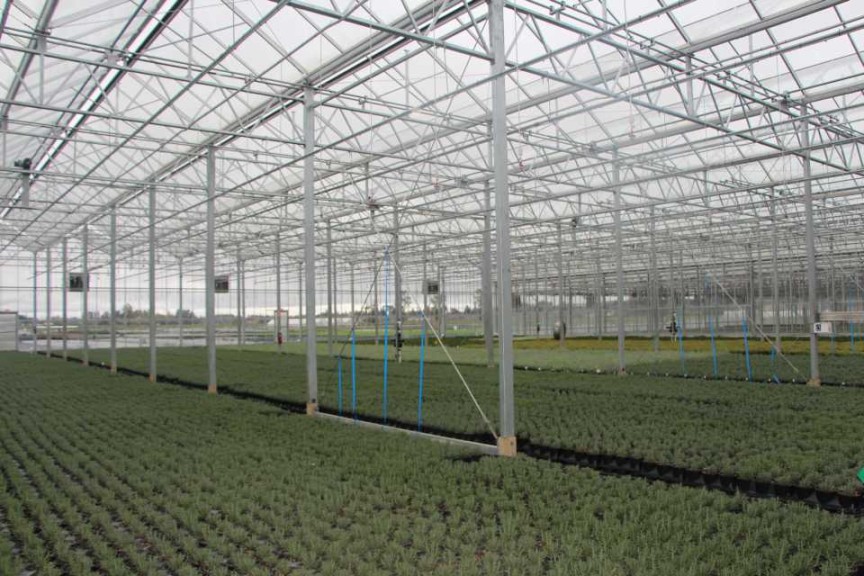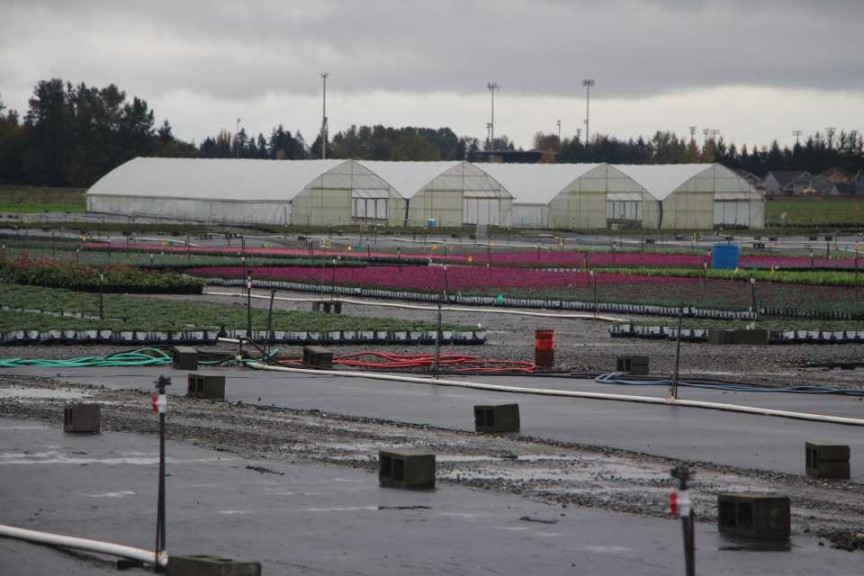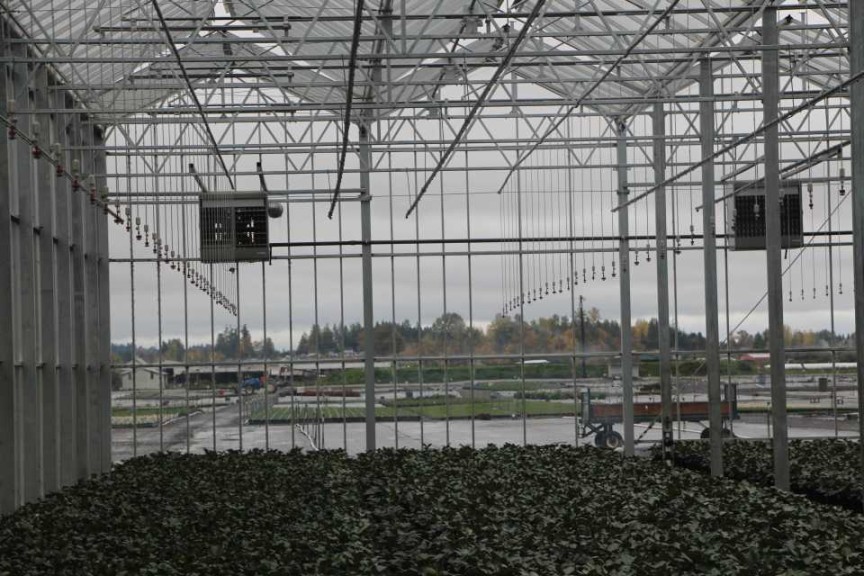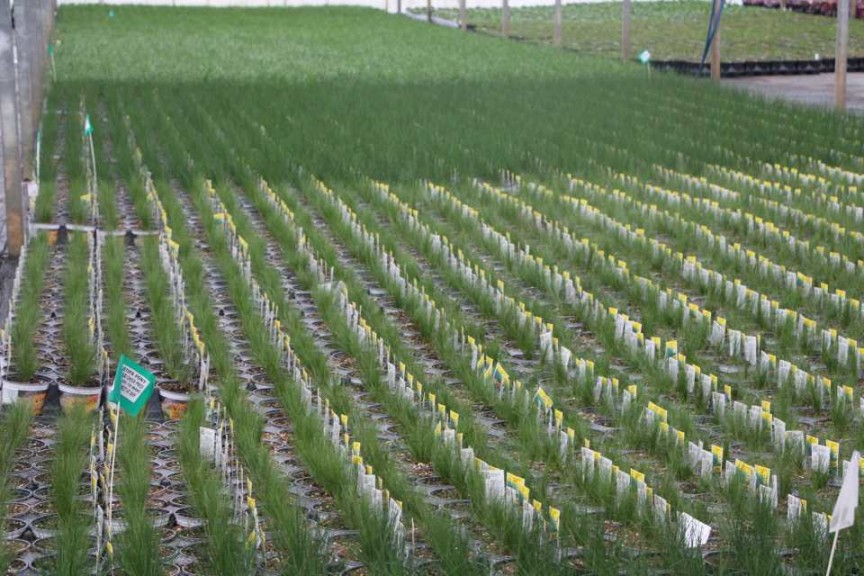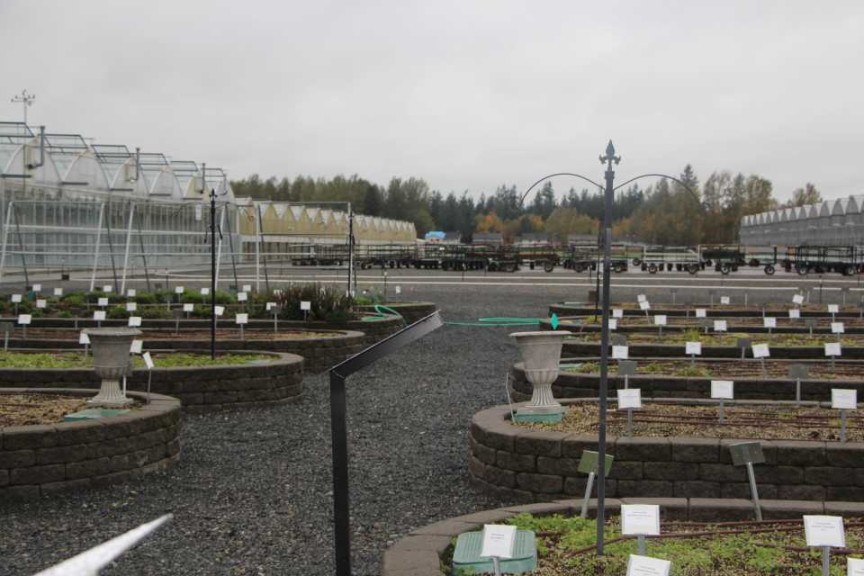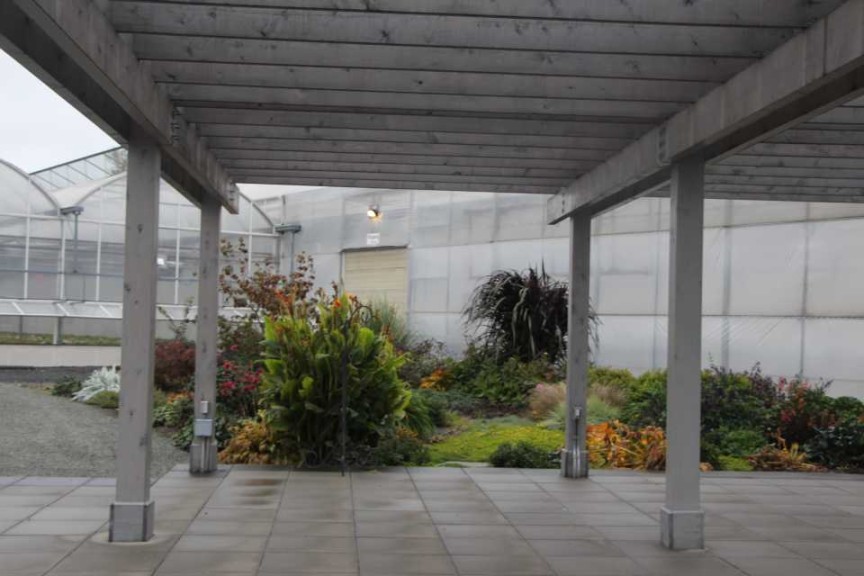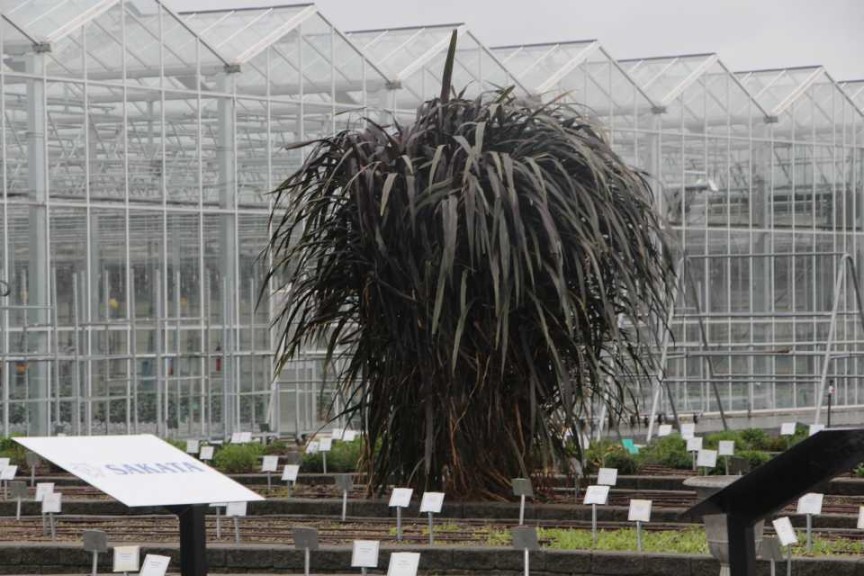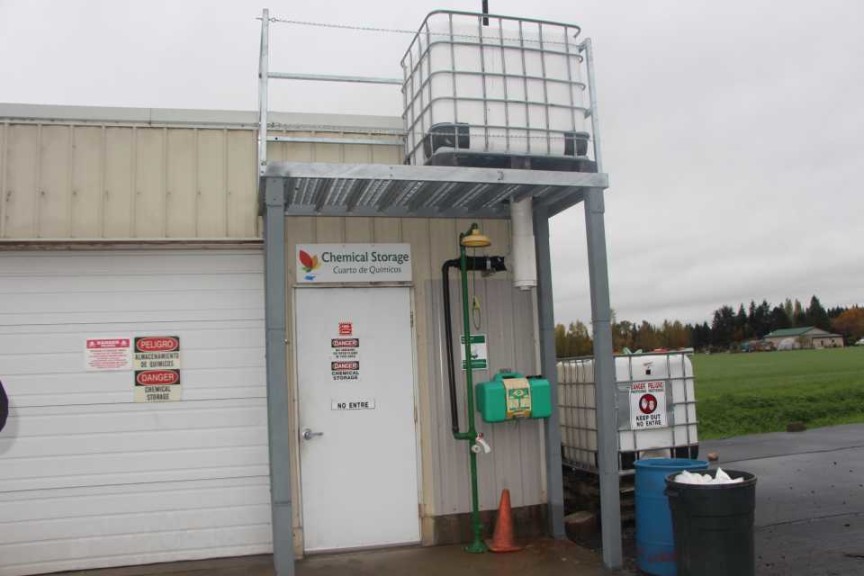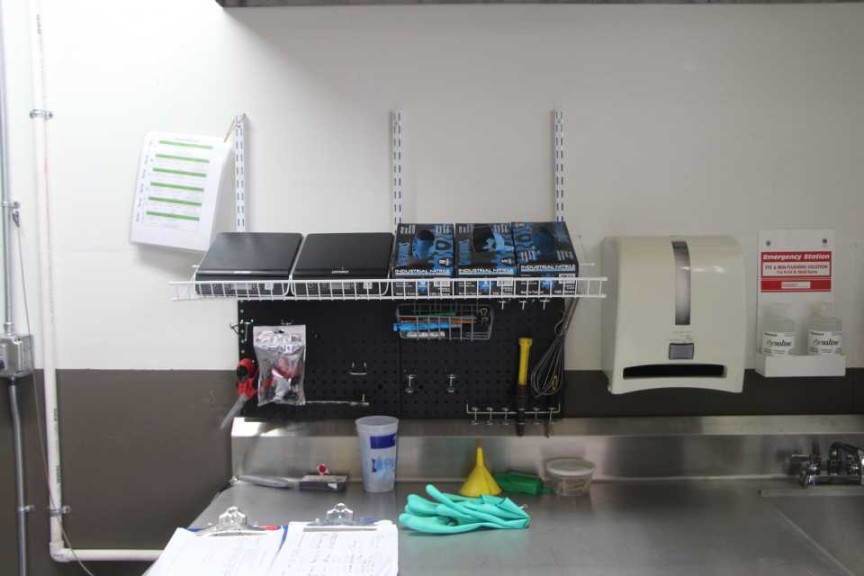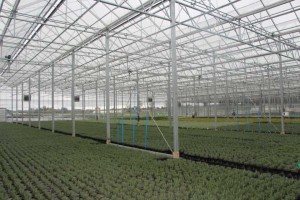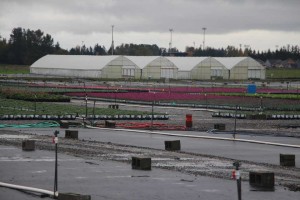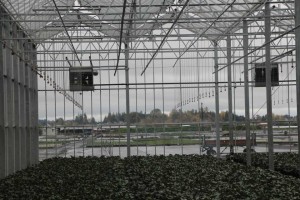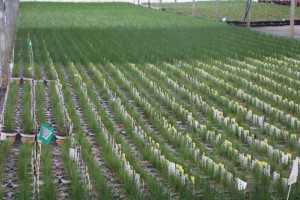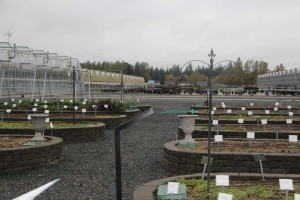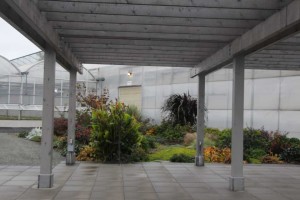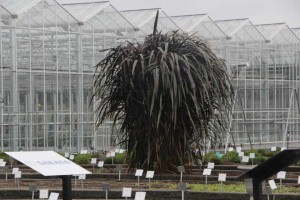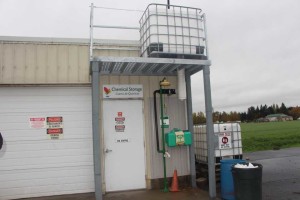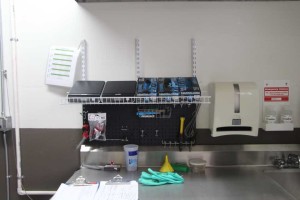Why Smith Gardens’ Marysville, WA, Facility Is A Great Place To Work
Labor rates in Washington State are some of the highest in the nation, making competition for labor fierce, and finding qualified employees even tougher, which is why Smith Gardens in Marysville, WA, wants to strengthen its reputation as a great place to work. As part of a company-wide effort to improve efficiency, the Marysville facility is taking steps to streamline its production practices and empower its employees to take ownership and pride in their job-related tasks.
[blackoutgallery id=”124689″]
From Truck Garden To Top 100 Grower
Harry and Nettie Smith started Smith Gardens in 1901 as a vegetable truck garden. It is now a fourth-generation owned company that ranks No. 22 on Greenhouse Grower’s Top 100 Growers list with more than 2,500,000 square feet of environmentally controlled space distributed across four locations in Washington, Oregon, and California. The company has plans to grow even further with the purchase of additional acreage at its Aurora, OR, location for a new greenhouse and distribution center in 2016. And it is doing its part to fuel future growth by attracting young people to careers in the horticulture industry through its Cultivating The Future Initiative.
Situated at the foot of the Cascade Mountains, the Marysville location is the largest Smith Gardens facility, with 60 acres and 500,000 square feet of greenhouses. It is the main site for perennial production and also grows a mix of mums, hanging baskets, and annuals. The facility serves big box customers like Lowe’s, The Home Depot, Walmart, and Fred Meyers across the Pacific Northwest and into Canada and Alaska. Marysville is also home to Smith Gardens’ trial gardens.
Simple Changes Help Team Members Feel At Ease
Lars Nilsen, Executive Vice President of Sales and Marketing at Smith Gardens, says the Marysville location has been able to strengthen its image as a great place to work by focusing on three things: keeping people in the know, transparency, and developing clear-cut standard operating procedures (SOPs).
At its peak times during the season, the Marysville facility employs around 180 workers, many of whom are seasonal. With so many seasonal workers coming and going, it is imperative that they swiftly get up to speed on how the operation runs and the part they play in the overall team. And workers are more likely to stay for the season if they feel at ease with their surroundings and the jobs they are assigned.
Simple modifications made at Smith Gardens like posting signs labeled in English and Spanish to identify growing bays and loading and shipping areas help new workers adapt quickly. An employee of the month program lets workers know they are valued and appreciated. Another change the company made this year was to hire seasonal workers one to two weeks earlier in the season, which reduced the competition for available labor while giving managers some extra time to focus on training prior to the spring rush.
One practice that helped with labor efficiency during the 2015 season, says Marysville Site Manager John Mencheski, was the development of step-by-step instructions for SOPs, which acted not only as a training guide for new and returning employees, but also as a reference resource. Additionally, Nilsen says communicating well and often with employees about upcoming changes helped to minimize uncertainty and make everyone feel like part of the team.
Lean Flow Practices Encourage Team Work
As part of an effort to improve production practices and reduce overtime hours during peak seasons, all four of Smith Gardens’ locations have started incorporating lean flow practices into their operations. The process, which involves putting production practices under the microscope and coming up with new ways to work more efficiently, is one that encourages input from the entire team. Nilsen says this process has been helpful in many ways, not the least of which is weeding out redundant, time-consuming tasks. One of the biggest benefits is that it actively engages team members and encourages them to take ownership in their work.
An example of this philosophy in action is the Marysville facility’s new chemical storage shed. Team members were assigned the task of building a chemical storage area that was lean flow friendly. They made suggestions for the building layout and organization and even designed and built an outdoor safety shower for rinsing off pesticide spills using recycled materials from around the grounds. The project benefited the entire facility, as it is now easier and safer to access chemicals and quicker to gather the necessary supplies needed to mix and spray them. Mencheski says the entire team felt a great sense of accomplishment when the project was complete.
The next step for the Marysville facility, Nilsen says, is to focus on streamlining its shipping, staging and loading processes using lean flow practices, with a goal in mind of being able to ship 30% more on any given day, should it be necessary.





